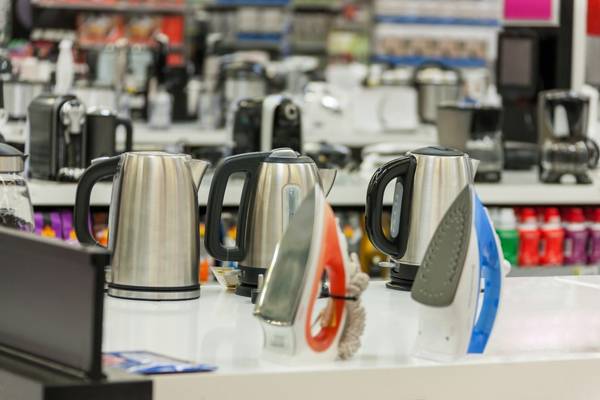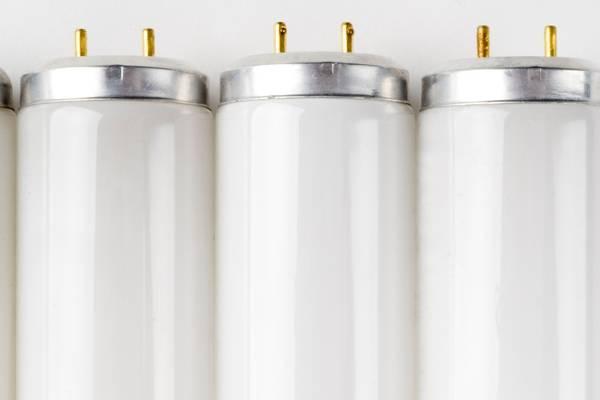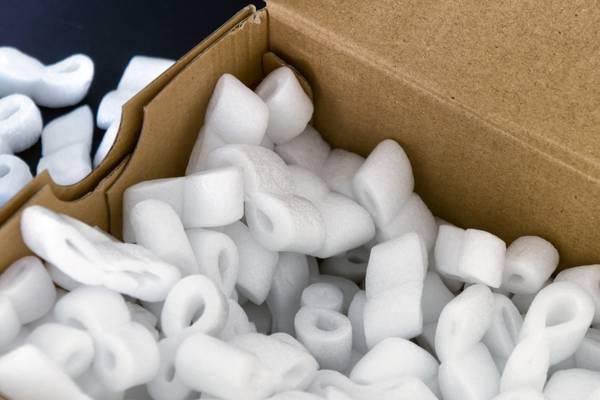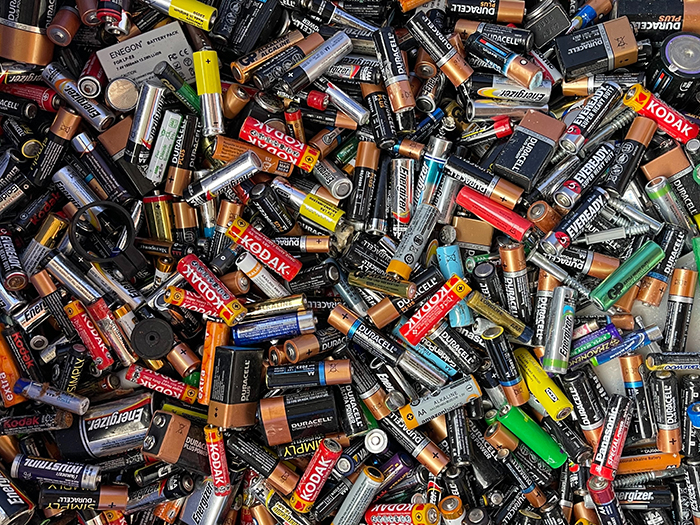Extended Producer Responsibility (EPR) Sectors
Industries that must comply with EPR in South Africa
A Quick Overview of EPR
Extended producer responsibility laws require businesses to pay for the recycling and eco-friendly disposal of their products once they have reached their post-consumer stage. The following industries must join an extended producer responsibility scheme and submit collection and recycling data to the South African waste information system.
Electrical and Electronic Equipment (EEE)
Official Definition of EEE
The extended producer responsibility act defines EEE as any equipment which:
- Depends on electric currents or electromagnetic fields to work
- Generates, transfers, or measures electric currents or electromagnetic fields
- Has a voltage rating no higher than 1000 volts (AC) or 1500 volts (DC)

Types of EEE Covered by EPR
- Large equipment (any external dimension more than 100cm)
- Medium equipment (any external dimension between 50 and 100cm)
- Small equipment (no external dimension more than 50 cm)
- Batteries (Lithium-ion)
Examples of EEE
- Large EEE: fridges, washing machines, ovens, photocopiers, medical machinery equipment.
- Medium EEE: printers, microwaves, computer monitors, heaters, sound systems.
- Small EEE: Wi-Fi routers, phones, laptops, hairdryers, power tools, smart watches, remotes.
- Batteries: rechargeable batteries from phones and laptops, power banks, UPS.
Electrical and Electronic Equipment (EEE)

Official Definition of EEE
The EPR regulations define lighting as:
- Electrical or electronic equipment used for producing artificial light or illumination
- All lighting accessories and components
- Luminaires – the complete lighting unit, not just the bulb.
- Switch components – buttons, wiring, and the plastic case or cover
- Ballasts – electrical components inside lights that regulate the flow of current
- Fixtures – another name for luminaires, i.e., complete light fittings.
- Modules – LEDs arranged on a circuit board that goes inside a light fitting
Types of Lighting Covered by EPR
- All types of gas discharge lighting (fluorescent lights, xenon lights, sodium lamps, etc.)
- All types of LED lights
- Signal and signage lighting
- Luminaires and lighting fixtures or modules
- Laser and pixel lighting
- Ultraviolet irradiation (UVI) or ultraviolet germicidal irradiation (UVGI) lighting
- Automotive lighting and luminaires
- Incandescent (filament) light bulbs
- Halogen lamps
- Off-grid solar powered lighting
Paper and Packaging Products
Official Definition of Paper Products
In the EPR regulations, paper is defined as any substance made from wood pulp, rags, straw, or other fibrous material used for writing, printing, or as a wrapping material.
Official Definition of Packaging Products
Packaging is defined in the regulations as any material, container, wrapping or corrugated case used for:

- Containment
- Transport
- Handling
- Protection
- Promotion
- Marketing or sales of any product
- Metal packaging containers.
The definition includes primary packaging (contains the actual product) and secondary and tertiary packaging (contains products that are already packaged).
For example:
- Primary packaging = the toothpaste tube
- Secondary packaging = the box that contains the toothpaste tube
- Tertiary packaging = the plastic wrap holding many boxes of toothpaste during shipping
- Primary packaging = the toothpaste tube
- Secondary packaging = the box that contains the toothpaste tube
- Tertiary packaging = the plastic wrap holding many boxes of toothpaste during shipping
Types of Paper and Packaging Covered by EPR
South Africa enforces extended producer responsibility for these packaging categories:
- All paper – cardboard, wrapping, sheets, void fills, etc.
- Plastic packaging – all seven types including bottles, jars, films, bags, buckets etc.
- Biodegradable and compostable plastic packaging
- Single-use plastic products (including compostable and biodegradable types)
- Glass packaging – bottles, jars, etc.
- Metal packaging containers – foil takeaways, tins, cold drink cans, etc.
Types of Paper and Packaging Excluded From EPR
The following packaging types do not require an extended producer responsibility plan.
- Shipping containers used to transport consumer goods in bulk
- Packaging made of timber and textile
- Plastic pallets and industrial bulk containers with a capacity exceeding 1000 litres
Portable Batteries
Official Definition of Portable Batteries
Government introduced extended producer responsibility batteries in March 2023. The regulations define portable batteries as batteries that are:
- Sealed
- Easy to carry by hand
- Not for automotive or industrial use

Types of Batteries Covered by EPR
- Alkaline/zinc carbon batteries – everyday household battery cells (AA, AAA, etc.)
- Primary lithium batteries (single use) – long-lasting household batteries
- Nickel metal hydride batteries – rechargeable versions of everyday batteries
- Silver oxide batteries – button-type batteries for watches
- Zinc air/air depolarised batteries – cheap button batteries that activate when exposed to air
Lubricant Oils
Official Definition of Lubricant Oils
According to the EPR regulations, the term lubricant oil includes oils that are:
- Virgin and re-refined - unused and recycled lubricants are included
- Mineral- and synthetic-based – they can be man-made or come from crude oil
- With or without additives – lubricants that are mixed with other chemicals are included
- Used for lubrication in heat transfer, load transfer, insulation, or other applications.
- Able to be recovered after use.

Examples of Lubricant Oils Covered by EPR
- Engine oil
- Hydraulic oil
- Transmission fluid
- Cooling oils in machinery and transformers
Oils That are Not Covered by EPR
You only need an extended producer responsibility certificate for lubricant oils. Other oils are not included in EPR and do not require an EPR scheme.
- Technical and medicinal white oils
- Vegetable oils
- Greases
- Waxes
- Petrolatums
- Two-stroke oils
- Chainsaw cutter bar lubricants
- Rockdrill lubricants
- Water-based fluids with less than 80% oil content
- Phosphate esters
- Pesticidal and fungicidal agricultural spray base oils
- Process oils where the lubricant is compounded into a solid
- Marine engine oils
- Rolling oils
- Drawing oils
- Rust preventatives
- Mould release oils
- Wire rope & open gear dressings
- Shock absorber oils
What is the Responsibility of the Producer in These Sectors?
Producers of EEE, lighting, batteries, lubricant oils, paper, and packaging must develop an extended producer responsibility scheme for their products. This scheme should include strategies for collecting, transporting, and recycling waste.
eWASA is a registered producer responsibility organisation (PRO) for all sectors mentioned above.